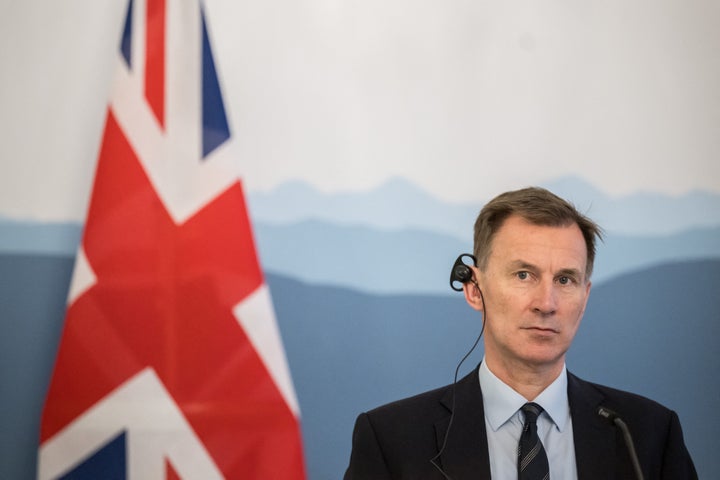
Inflation just unexpectedly went up for the first time since February last year. What’s going on?
What has happened?
Inflation is the rate at which prices increase over a set period, normally 12 months.
The Office for National Statistics announced on Wednesday that annual inflation – measured through the consumer prices index – climbed up from 3.9% in November to 4.0% in December.
Economists had expected it to fall to 3.8%.
This slight increase comes after a series of successive declines in the annual inflation rate, which was hailed as a sign the cost of living crisis could be loosening its grip on the UK.
Why has inflation gone back up?
The increase was driven by tobacco and alcohol prices, both of which made the largest contribution to inflation since 2006.
The government also announced higher taxes on tobacco in the Autumn Statement, meaning the product’s cost rose by 16% on the year.
The ONS chief economist Grant Fitzner explained these prices were “partially offset by falling food inflation” – meaning the prices of food and non-alcoholic drinks still rose, but at a slower rate compared to last year.
He added: “The prices of good leaving factories are little changed over the last few months while the costs of raw materials remain lower than a year ago.”
Clothing price inflation also increased to 6.8% in the lead-up to Christmas, and prices in computer game consoles, sports equipment, toys and DVDs also contributed.
Why is this important?
The Bank of England is meant to keep inflation in check at 2%.
Any higher, then people will start to be priced out of buying essentials – triggering a cost of living crisis, like the one we are in now – and any lower, the economy won’t grow at a sustainable rate.
The Bank uses interest rates – how much it costs to borrow money from a lender – to control inflation. Raising them means people generally spend less money, and inflation comes down.
Interest rates are currently very high at 5.25% – the highest they’ve been since the 2008 financial crash – because inflation has skyrocketed over the last few years, due to post-pandemic recovery and Russia’s invasion of Ukraine.
Unless inflation falls to a rate the Bank is happy with, interest rates are expected to stay high.
This has seriously impacted mortgage-owners and therefore the housing market.
There was hope the Bank would slash interest rates this year to reflect falling inflation and a struggling economy, which stagnated in the latter part of 2023, but the central bank’s course of action could be swayed by this small climb in inflation.
The Bank of England governor Andrew Bailey has previously explained that January’s rate could see an increase in inflation again, because of higher household energy bills.
How has the government responded?
PM Rishi Sunak made halving inflation one of his five main pledges for the start of 2023 – and it was the only one he managed to achieve.
And while this news shows it has increased again, inflation is still halve the rate it was in January 2023, when it was above 10%.
Chancellor Jeremy Hunt also responded to the news this morning, saying: “As we have seen in the US. France and Germany, inflation never falls in a straight line.”
Speaking to Sky News, he continued: “Here in the UK, it was 11.1% when Rishi Sunak became prime minister. It has more than halved, it’s nearly a percentage lower than the Office of Budget Responsibility predicted it would be only in the Autumn statement in November.”
He claimed that the UK government’s “plan to bring inflation down is working” – and the recent increase shows “we need to stick to that plan and we will succeed”.
How have others responded?
The British Retail Consortium’s Kris Hamer issued a bleak warning, telling Bloomberg: “Despite retailers’ efforts to deliver an affordable Christmas for everyone, high input costs increased inflation rates in furniture and household equipment.
“Retailers face a number of extra costs this year that threaten the progress made to reduce prices.”
However, not everyone feels it is a huge setback – Bloomberg Economics described it as a “blip” and noted inflation is still on track to fall below 2% in the spring.
Forecasters like Oxford Economics are still standing by predictions that inflation will fall around April because of a decrease in household energy bills when the weather warms up.
The Bank of England, on the other hand, predicted last month that the target 2% rate would only be achieved by the end of 2025.
